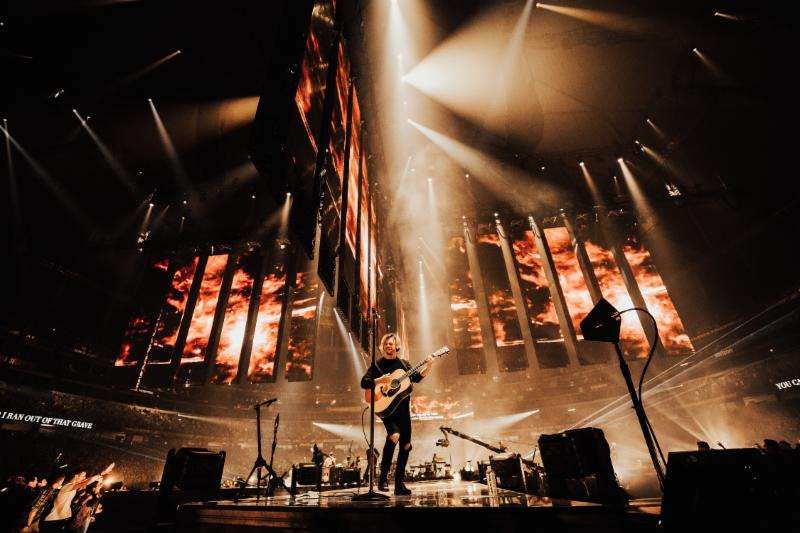Avolites takes control at Passion 2017
- Details

Passion 2017 drew in audiences of 50,000 young adults from around the globe to Georgia's Atlanta Dome to discuss the Christian faith, fight modern day slavery and sponsor 7,000 children living in poverty.
The job of designing the dynamic media display system for Passion's audience of tech-savvy 18-25 year olds fell to co-founder of Visional, Kyle Means. Means has been involved with Passion Conferences since 2013 through London-based production management company Black and White Live.
Turning to the latest Ai V9.1 software, and Notch, a real-time effects generator, Means was able to turn the event's 48-segment automated LED wall into a huge, continuously morphing live video element.
"As Passion Conference had an organically developing format, they required the ability to be flexible in their delivery, moving songs and programming elements around - sometimes just minutes before a session would start," says Means. "It was important that we could seamlessly move from look to look; with Ai's extensive Art-Net control, we were able to change any node parameter in real time and create amazing live moments across the show's wide array of video surfaces."
Show designer Nathan Paul Taylor's concept for Passion 2017 centred around a cross-shaped stage situated in the middle of the Georgia Dome, mirrored above by a cross of LED panels.
"I worked with Nathan and the creative team at Passion to create a 'playbook' of 14 different screen position presets," says Means. "Using this method, we were able to quickly come up with a series of looks that we could use in any order across the screens. As lighting drives the atmosphere, it was also important that we considered the design ideas that the lighting designer Ed White had in mind for the event. We therefore chose IMAG colour treatments and Notch effects that complemented his vision nicely."
As the flown LED panels were able to expand and contract via an automated hanging truss, Means used Ai to create IMAG effects that would work with the gaps generated between the panels as they moved.
(Jim Evans)


















